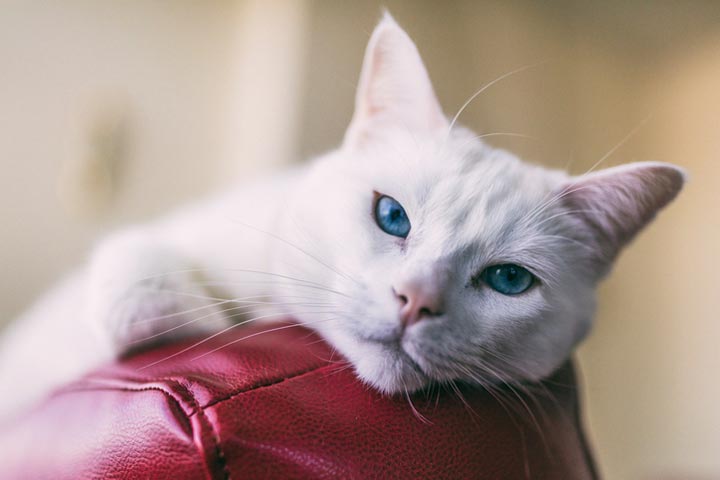Hidden Causes of Pain in Cats

Cats don't talk, and even if they could, they would probably not tell us when they were in pain. That's because they are evolutionarily programmed to hide signs of illness and injury, to keep from being attacked by other cats or predators.
Still, cats show pain in many ways, and you can learn some of those here: "How to Tell If Your Cat Is in Pain." Below, we'll explore some of the hidden sources of pain for cats, so you can check them periodically, just in case your cat's not feeling chatty.
Ingrown Claws
People tend to overlook their cats' claws when they are interacting with them on a daily basis. Because feline claws curve as they grow, it's possible for them to grow around into the paw pad, and that is painful.
Ingrown claws are more common in older cats or those that have problems with their claws, but they can happen at any age and to normal claws, too. It's important to develop a routine of trimming your cat's claws every couple of weeks or so to avoid this problem.
Mouth Problems
Lots of trouble can hide in a cat's mouth. Broken teeth, periodontal disease, stomatitis, oral cancer, and foreign bodies stuck in the mouth structures are all sources of pain for a cat. Make a habit of lifting your cat's lips and taking a peek into his mouth every so often. More importantly, watch for any drooling, pawing at the mouth, dropping of food, foul mouth odor, or moving food around from one side of the mouth to the other before chewing, which can all be signs of a problem.
Abscesses
An abscess is an infection that is trapped under the skin, and they are common in cats that go outside or those that live in multiple cat households and sometimes fight with housemates. Skin abscesses are the result of a cat bite wound; bacteria from the other cat's mouth is injected under the skin with a sharp tooth, and then the skin heals over, sealing it in.
Abscesses can go unnoticed in cats for a while because their fur hides them, so if your cat goes outside or fights with housemates, it's important to feel your cat's body routinely; an abscess will feel like a soft lump. A cat with an abscess also usually runs a fever and has a decreased appetite. You might feel wetness on an area of your cat's body or see that he is licking incessantly at a certain spot.
Bladder Problems
If you ask any human who's had a bladder infection or other urinary tract problem, they will tell you how painful it is. Cats with urinary tract infections, bladder stones, or interstitial cystitis probably also experience pain. Cats with urinary tract blockages have extreme pain, and this is an emergency condition that must be resolved by a veterinarian immediately.
A cat with a bladder problem might urinate outside of the litter box and lick incessantly at their belly or genital area. If you notice either of those signs, get to the vet right away.
Arthritis
Inflammation and arthritis in the joints cause pain in cats, but they can hide it pretty well. Since it is a condition that develops over time, it can be difficult for an owner to notice the signs. Limping, reluctance to jump up on things, and stiffness upon rising from sleep are all signs of arthritis. You can learn more here: "Arthritis in Cats," and here: "7 Signs That Your Cat Might Have Arthritis."
You May Also Like These Articles:
How to Tell If Your Cat Is in Pain
Injury or Illness-Related Aggression in Cats



